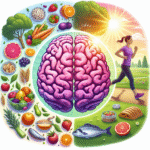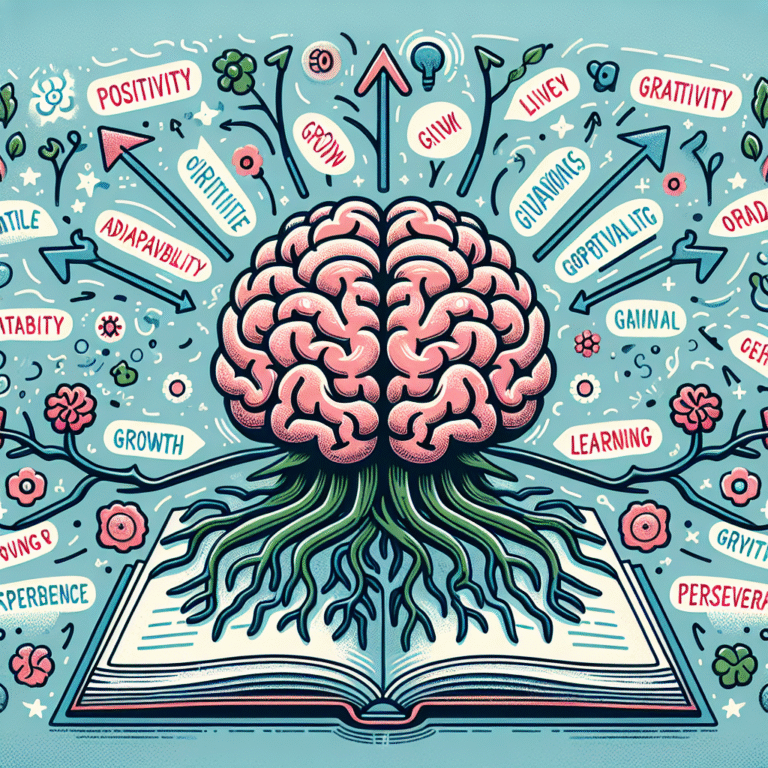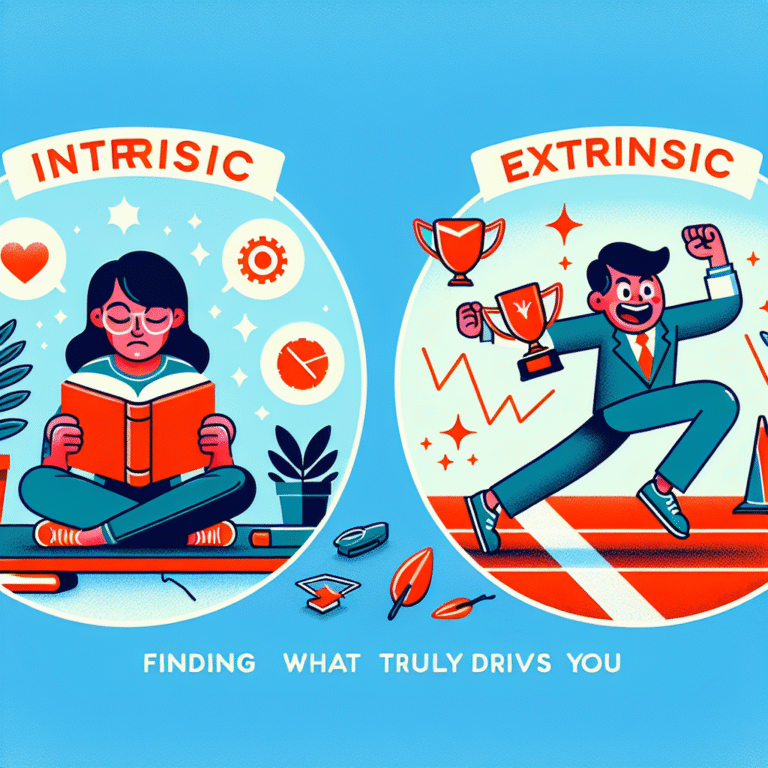
Introduction: The Changing Landscape of Education
In an era where educational paradigms are shifting rapidly, the question of standardized testing reform is more relevant than ever. Parents, educators, and policymakers alike are re-evaluating the effectiveness of standardized tests in measuring student knowledge and skills. The keyword Standardized Testing Reform: What Changes Are on the Horizon? encapsulates this critical topic as the future of education hangs in the balance. Can standardized testing, a long-standing staple in our education system, still serve its intended purpose, or is it time for transformative change?
This article delves deep into the imminent changes on the horizon in standardized testing, exploring innovative approaches, case studies, and the potential impact on students.
Understanding Standardized Testing: The Good and the Bad
The Role of Standardized Testing in Education
Standardized tests have long served as a means of assessing student abilities across various metrics. Traditional tests often involve multiple-choice questions focused on core subjects such as math and reading.
Pros:
- Benchmarking: They provide a standardized measure that can be used to compare student performance across different schools and districts.
- Accountability: Schools and teachers are held accountable for students’ performance, often influencing funding and resources.
Cons:
- Narrow Focus: Many argue that standardized testing places undue emphasis on rote memorization rather than critical thinking or creativity.
- Stress and Anxiety: Students often face significant pressure to perform well on these exams, affecting their mental health.
Case Study: The SAT’s Evolution
The SAT, a standardized college admissions test, has undergone several reforms over the decades, illustrating the evolving landscape of standardized testing. Recent changes have included an emphasis on comprehensive skills like problem-solving and analysis rather than just content recall. This evolution may serve as a roadmap for broader standardized testing reforms.
Table 1: Key Changes in the SAT over the Years
| Year | Notable Changes |
|---|---|
| 1926 | SAT launched as a college admissions test. |
| 2005 | Introduction of critical reading sections and math. |
| 2016 | Redesigned to focus on evidence-based reading, writing, and math. |
| 2023 | Optional essay section eliminated; more emphasis on real-world applicability. |
The Movement for Reform: Why Now?
With increasing scrutiny and criticism, various stakeholders are advocating for standardized testing reform.
Increasing Awareness of Inequities
One driving force behind the movement is the growing awareness that standardized tests often disadvantage marginalized groups. Disparities in educational resources, access, and support can significantly skew results, leading to an inaccurate portrayal of student capabilities.
The Role of Technology
Technology has increasingly provided alternative assessment methods, sparking discussions about the future of standardized tests. Digital portfolios, project-based assessments, and AI-driven evaluations are emerging as viable alternatives or supplements to traditional standardized tests.
Case Study: Project-Based Learning in Schools
Schools that have adopted project-based learning (PBL) methods report improved student engagement and critical thinking skills. Research from the Buck Institute for Education has shown that PBL can outperform traditional teaching methods in terms of student comprehension and retention of knowledge.
Table 2: Benefits of Project-Based Learning (PBL)
| Benefit | Description |
|---|---|
| Increased Engagement | Students take ownership of their learning through real-world projects. |
| Enhanced Skill Development | Focus on critical thinking, teamwork, and communication skills. |
| Real-World Relevance | Projects often align with community or societal issues, fostering a sense of purpose. |
Innovations in Assessment: What Changes Are on the Horizon?
Alternative Assessment Models
As the dialogue around standardized testing reform evolves, various innovative assessment models are gaining traction.
- Formative Assessments: Ongoing assessments that help educators adjust instruction in real-time rather than relying solely on high-stakes testing.
- Performance-Based Assessments: Evaluations based on student performance in projects, presentations, or practical applications can capture a broader skill set.
- Digital Portfolios: Digital collections of student work over time offer a more holistic view of student abilities.
Case Study: The New Hampshire Innovation Assessment
New Hampshire is pioneering an assessment model focusing on performance-based assessments instead of traditional standardized tests. Their innovative approach captures critical thinking and problem-solving skills while allowing educators flexibility to adapt to student needs. Preliminary results have shown increased student engagement and a positive shift in learning outcomes.
Table 3: Comparison of Assessment Models
| Assessment Type | Focus | Advantages |
|---|---|---|
| Standardized Testing | Content knowledge | Comparative data across large groups |
| Formative Assessments | Continuous feedback | Helps instructors tailor lessons |
| Performance-Based Assessments | Practical application | Shows real-world skills and understanding |
| Digital Portfolios | Holistic assessment | Allows for personalization and creativity |
Potential Challenges to Standardized Testing Reform
Even as various factions advocate for changes to standardized testing, challenges abound.
Resistance to Change
The traditional education system is typically slow to evolve, and there is often significant resistance to moving away from established practices. Some policymakers argue that standardized testing is a necessary tool for accountability.
Data and Resources
Transitioning to new assessment models may require substantial resources and training for educators. For schools already facing budget constraints, this transition can seem daunting.
Addressing Educational Equity
While new models are designed to be more equitable, existing disparities must be addressed for reforms to be effective. Meaningful investment in educational equity is essential to ensure that all students benefit from these changes.
The Future of Education: Inspiring Change
As we dissect the complexities of standardized testing reform, it’s essential to consider the implications for the future of education.
Empowering Teachers and Students
The shift towards more inclusive and dynamic assessment practices empowers teachers to focus on developing critical thinking, creativity, and adaptability among their students.
Actionable Insights for Stakeholders
- For Educators: Embrace innovative assessment models and integrate them into your teaching practices.
- For Parents: Support movements for more equitable testing and advocate for their children’s educational needs.
- For Policymakers: Invest in research and resources that continue to explore reforms in standardized testing.
Conclusion: A Call to Action
The conversation surrounding Standardized Testing Reform: What Changes Are on the Horizon? is more than just academic debate; it’s a crucial dialogue affecting the lives and futures of students. As we stand at the precipice of change, it is imperative for educators, parents, and policymakers to collaborate in creating a more equitable, engaging, and effective educational landscape.
By considering the challenges and innovations discussed, we can inspire a revolution that benefits all learners and prepares them for a rapidly changing world. The time for reform is now—let’s pave the way for a brighter educational future together.
FAQs
1. Why is standardized testing reform necessary?
Standardized testing reform is crucial because existing tests often do not accurately measure a student’s abilities. They can create stress and hinder the development of critical thinking and creativity.
2. What are some innovative alternatives to standardized testing?
Alternatives include formative assessments, performance-based assessments, and digital portfolios, which can provide a more well-rounded view of student knowledge and skills.
3. How can teachers adapt to new assessment models?
Teachers can participate in professional development, collaborate with peers, and use resources from education organizations to integrate innovative assessment methods into their classrooms.
4. What challenges do schools face when implementing reforms?
Common challenges include resistance to change, lack of funding for new resources, and ensuring that all students have equitable access to quality education.
5. How can parents get involved in educational reform?
Parents can advocate for changes in standardized testing by engaging with school boards, joining parent-teacher organizations, and supporting initiatives aimed at educational equity.
By examining the current landscape and the innovative changes on the horizon, we hope to inspire meaningful discussions and actionable steps towards a more equitable educational system.

















